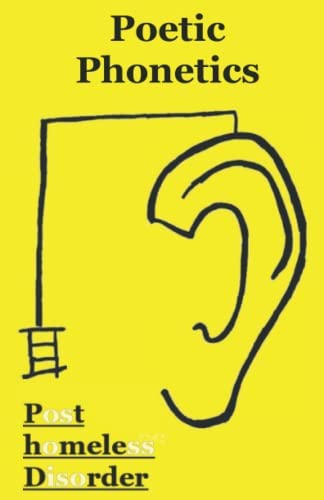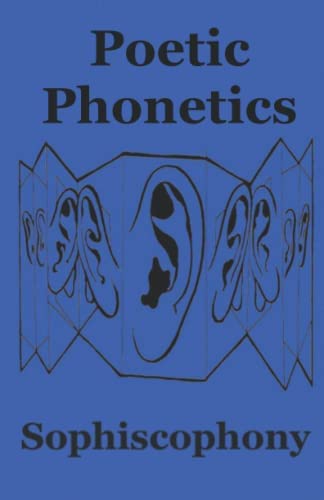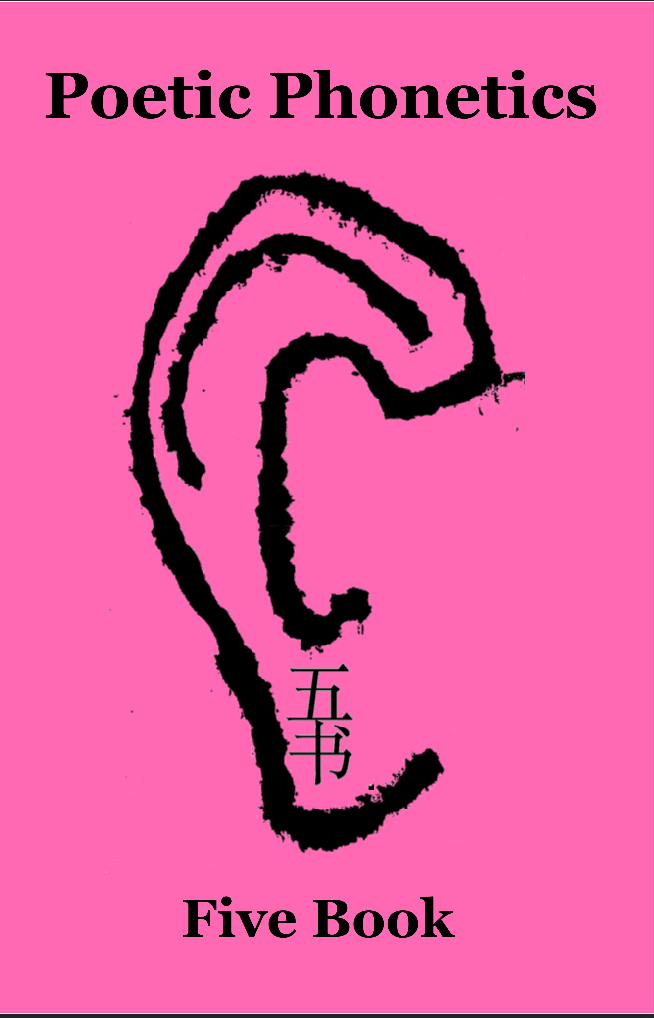Sinister
The word originally meant left handed, which is curious, since today the word for using both hands equally is ambidextrous, which etymologically means with two rights. So, who is right? Interestingly, as we will discover, being right is right. Psychologists have discovered that the left brain is connected to the right hand and language, logic and reasoning. Right brain dominance is connected to the left hand and is consistent with praise of the irrational, automatic speech and uncontrolled rages, which explains today’s use of the word sinister.
Yet, what does it mean? For those of you without a (previous) interest in ganja, sinsemilla means without seeds. Semilla is seed, sin means without, leaving the obvious question, in regards to sinister, what is an ister? My initial suspicion that ‘ister’ is related to Ishtar, a fertility goddess from Nineveh (today’s Mosul), who was worshipped from the 14th century BCE to 660 BCE has a strong foundation.
The first reference to Ister I was able to trace, is Istros, from Hesiod’s Theogeny, a poem describing the origins of Greek goddesses and gods, written approximately 730 to 700 BCE. Around 500 BCE, Istros was the name of the lower Danube River, and by 238 CE was the name of a port city on the Black Sea. Joseph Campbell’s reflections on how the ‘the female power was reduced to an elemental condition, just water,’ becomes an important consideration. Even today, the phrase ‘water broke,’ is related to fertility and birth. Thousands of years ago, the fertility and diversity of the Nile’s delta correlated to the goddess Neith, which helps explain how the delta of the Danube was most likely named after the goddess Istros/Ishtar, and eventually began to be pronounced ‘Ister.’
Sin-ister then, etymologically means, without woman, or specifically without the goddess of fertility or life. Is there any surprise then, that the ‘left handed path’ is still connected to evil – the opposite of live, fertility and diversity. Fertility is often connected to the erotic, or eros, the Greek word for sensual love. While diving into these Greco-Roman roots, changing the masculine ‘o’ in eros to the feminine ‘a’ creates eras, a span of time. An interesting phonetic interpretation here – Hispanic, his-span-ick. The feminine again, with tang, a path in a temple, and eras, representing the duration of g>d’s love throughout cultures and centuries. Because the feminine is half of the divine, seeing the feminine as an obstacle only furthers enmity.
| Weight | 0.095 kg |
|---|---|
| Format | Paperback, Audiobook |






